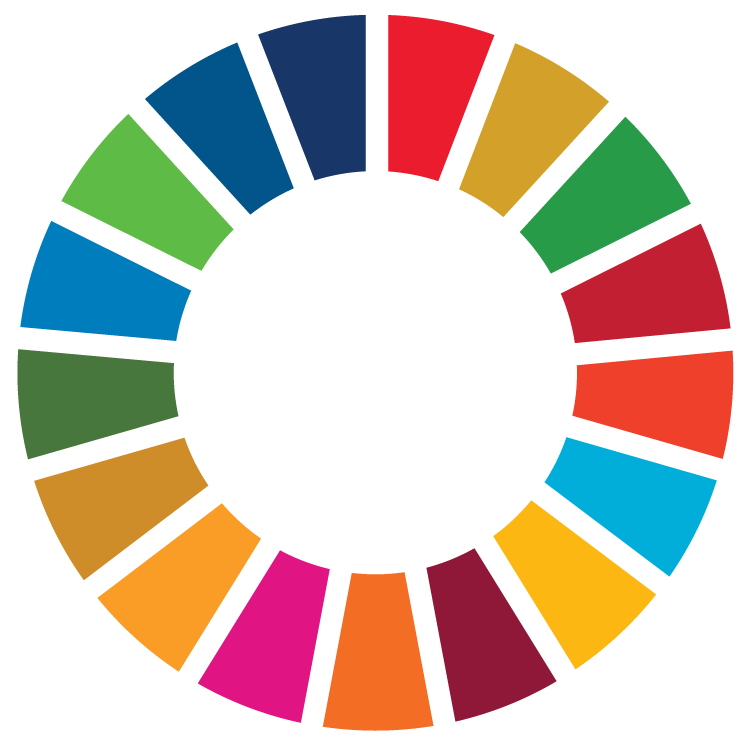Voices around the world are demanding leadership on poverty, inequality and climate change. To turn these demands into actions, world leaders gathered on 25 September, 2015, at the United Nations in New York to adopt the 2030 Agenda for Sustainable Development.
The 2030 Agenda comprises 17 new Sustainable Development Goals (SDGs), or Global Goals, which will guide policy and funding for the next 15 years, beginning with a historic pledge to end poverty. Everywhere. Permanently.
The concept of the SDGs was born at the United Nations Conference on Sustainable Development, Rio+20, in 2012. The objective was to produce a set of universally applicable goals that balances the three dimensions of sustainable development: environmental, social, and economic.
The Global Goals replace the Millennium Development Goals (MDGs), which in September 2000 rallied the world around a common 15-year agenda to tackle the indignity of poverty.
The MDGs established measurable, universally-agreed objectives for eradicating extreme poverty and hunger, preventing deadly but treatable disease, and expanding educational opportunities to all children, among other development imperatives.
The MDGs drove progress in several important areas:
- Income poverty
- Access to improved sources of water
- Primary school enrollment
- Child mortality
With the job unfinished for millions of people—we need to go the last mile on ending hunger, achieving full gender equality, improving health services and getting every child into school. Now we must shift the world onto a sustainable path. The Global Goals aim to do just that, with 2030 as the target date.
This new development agenda applies to all countries, promotes peaceful and inclusive societies, creates better jobs and tackles the environmental challenges of our time—particularly climate change.
The Global Goals must finish the job that the MDGs started, and leave no one behind.


